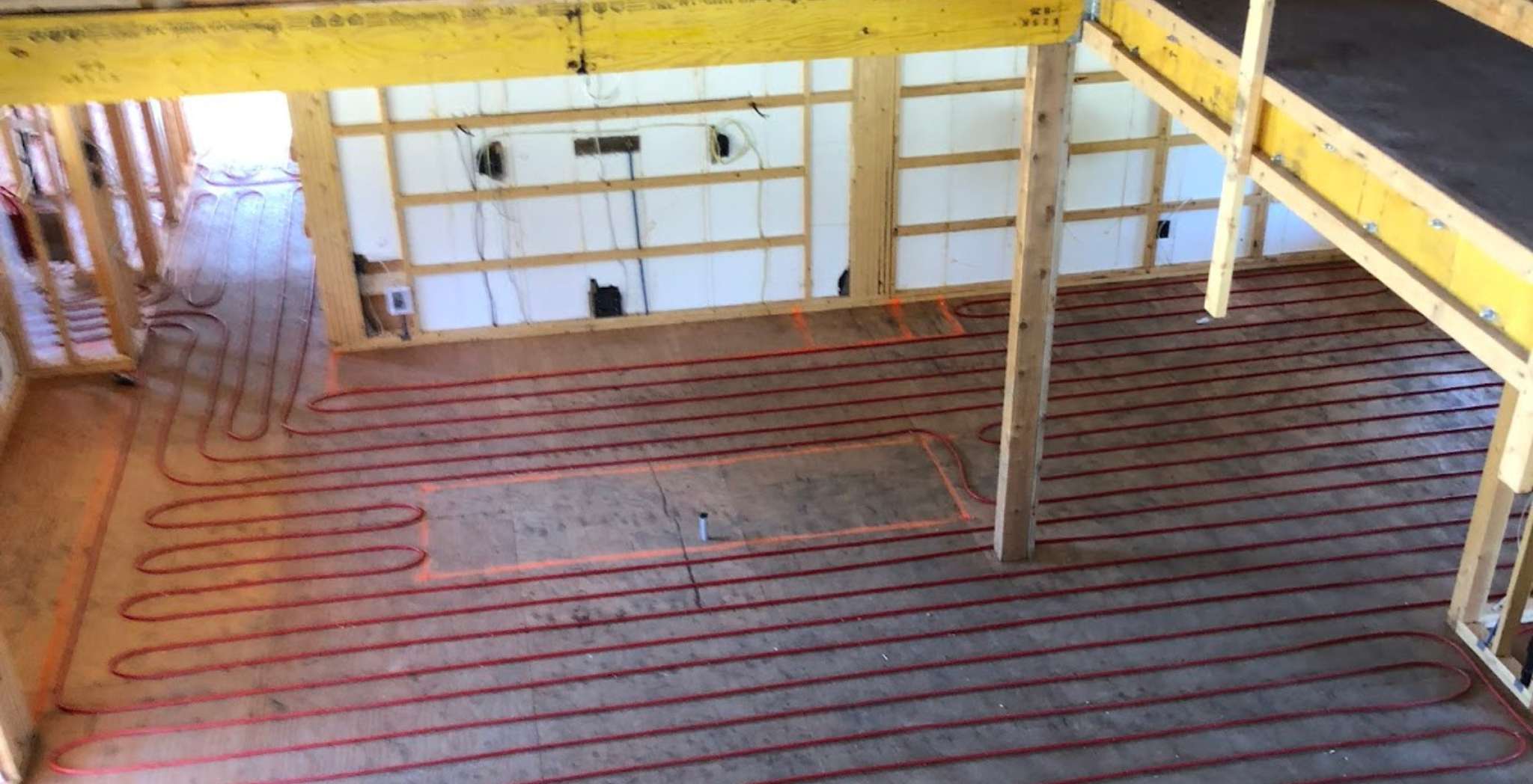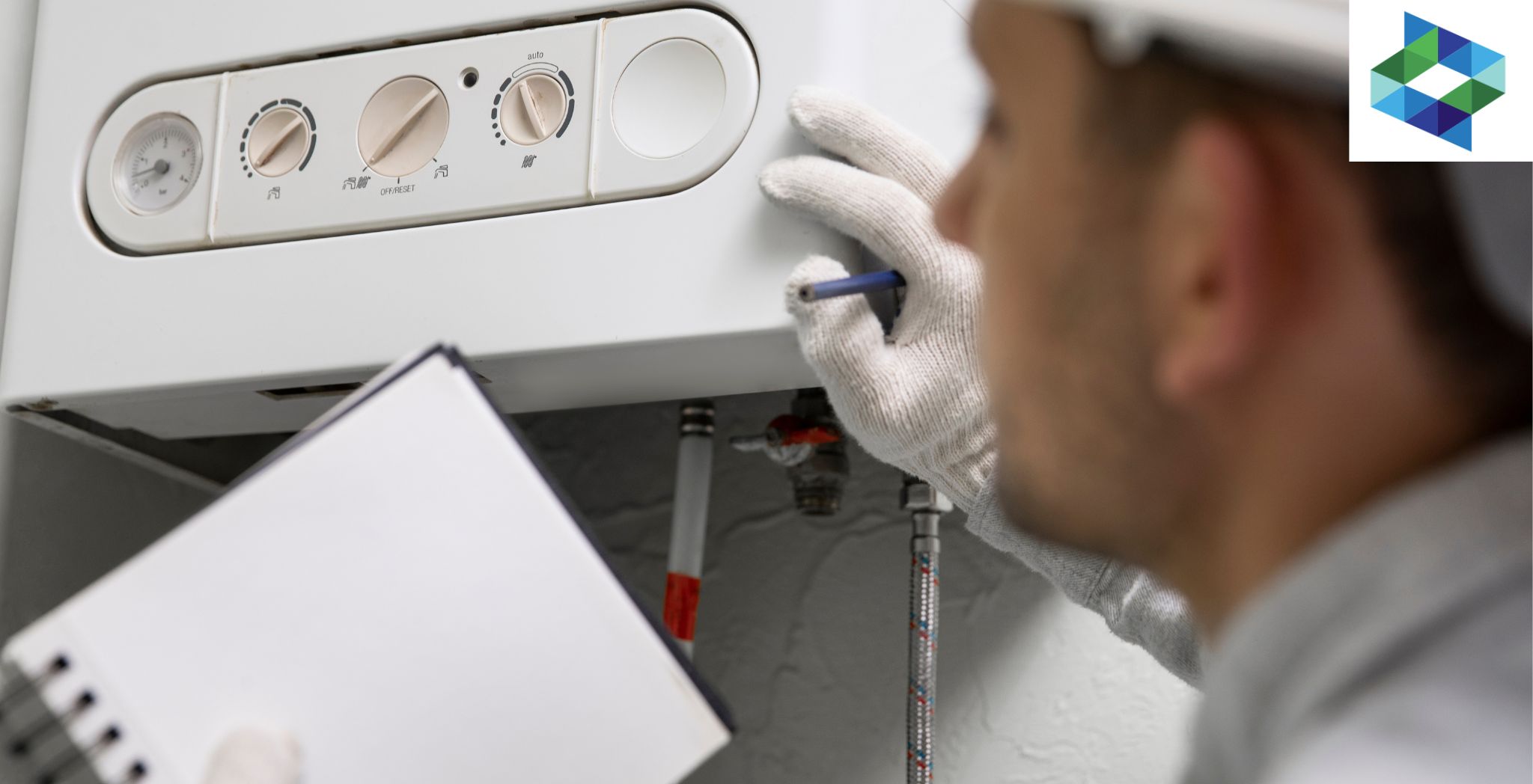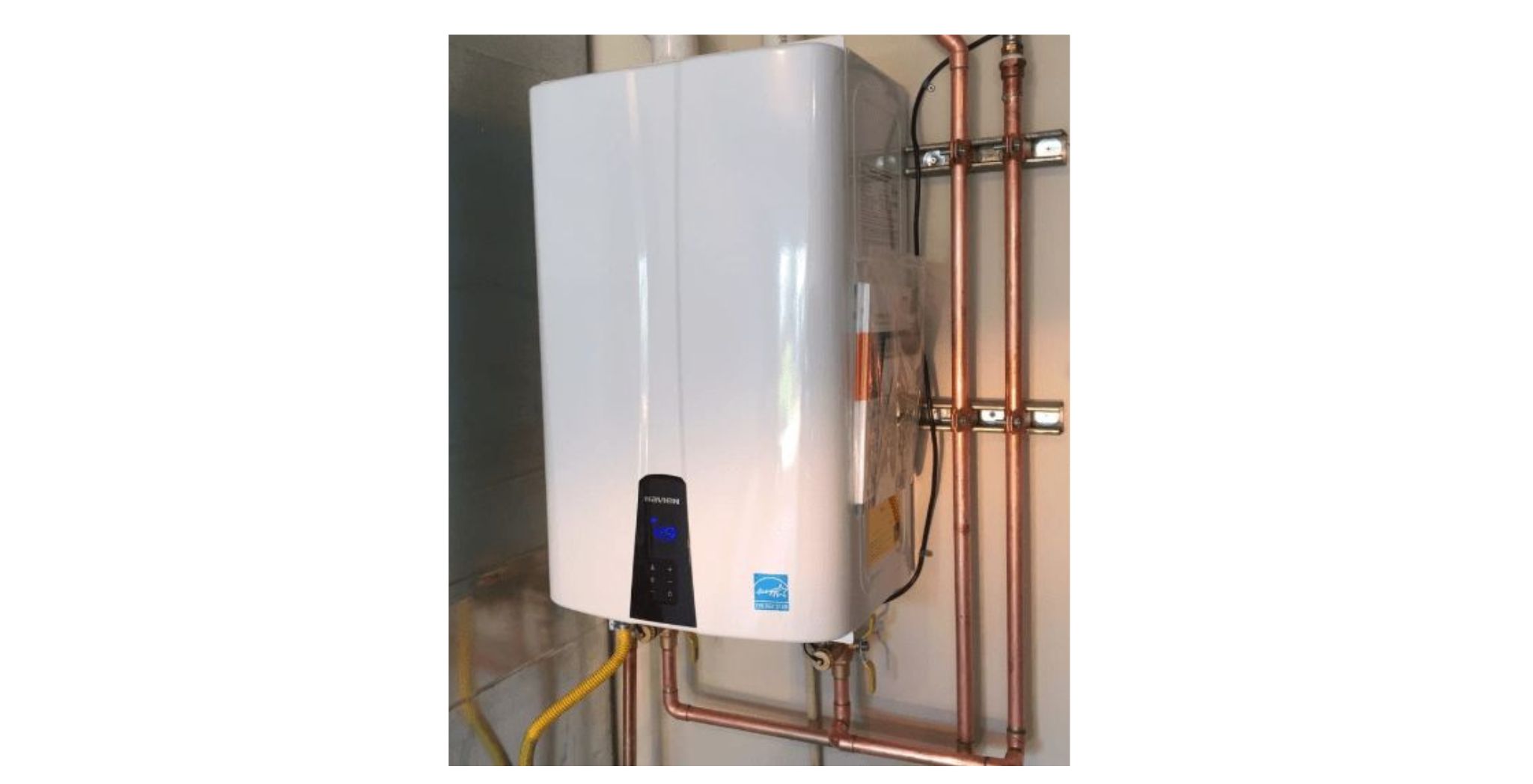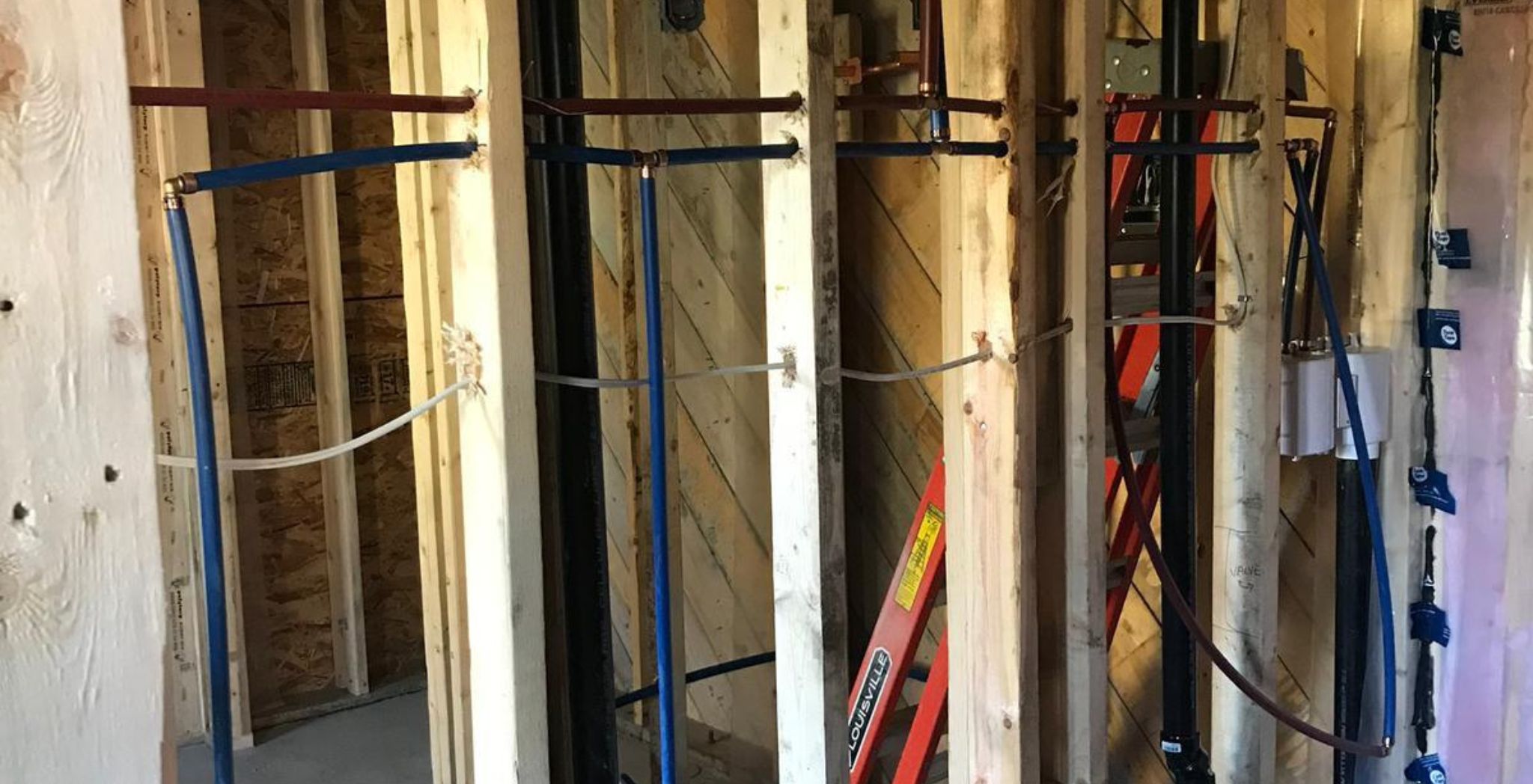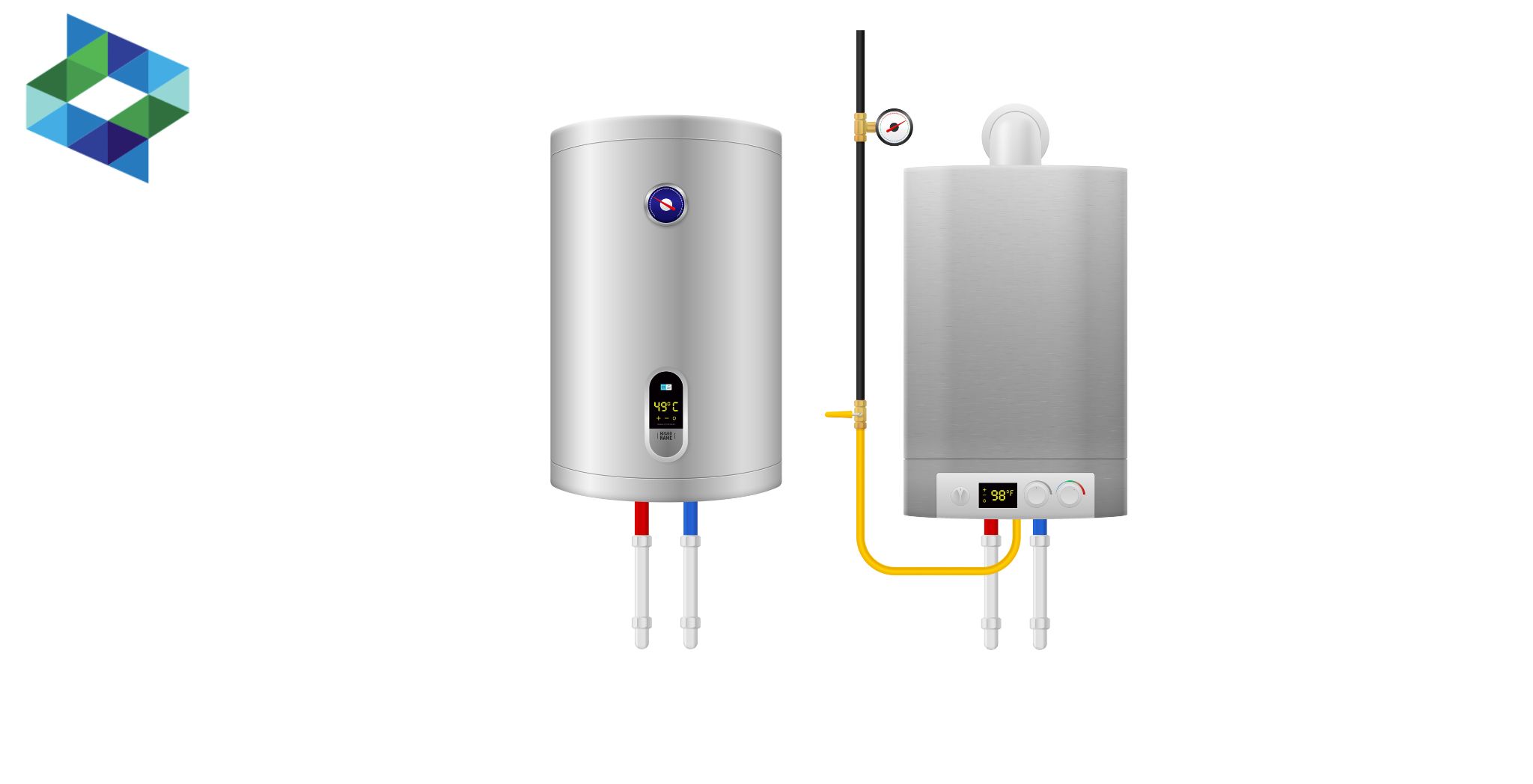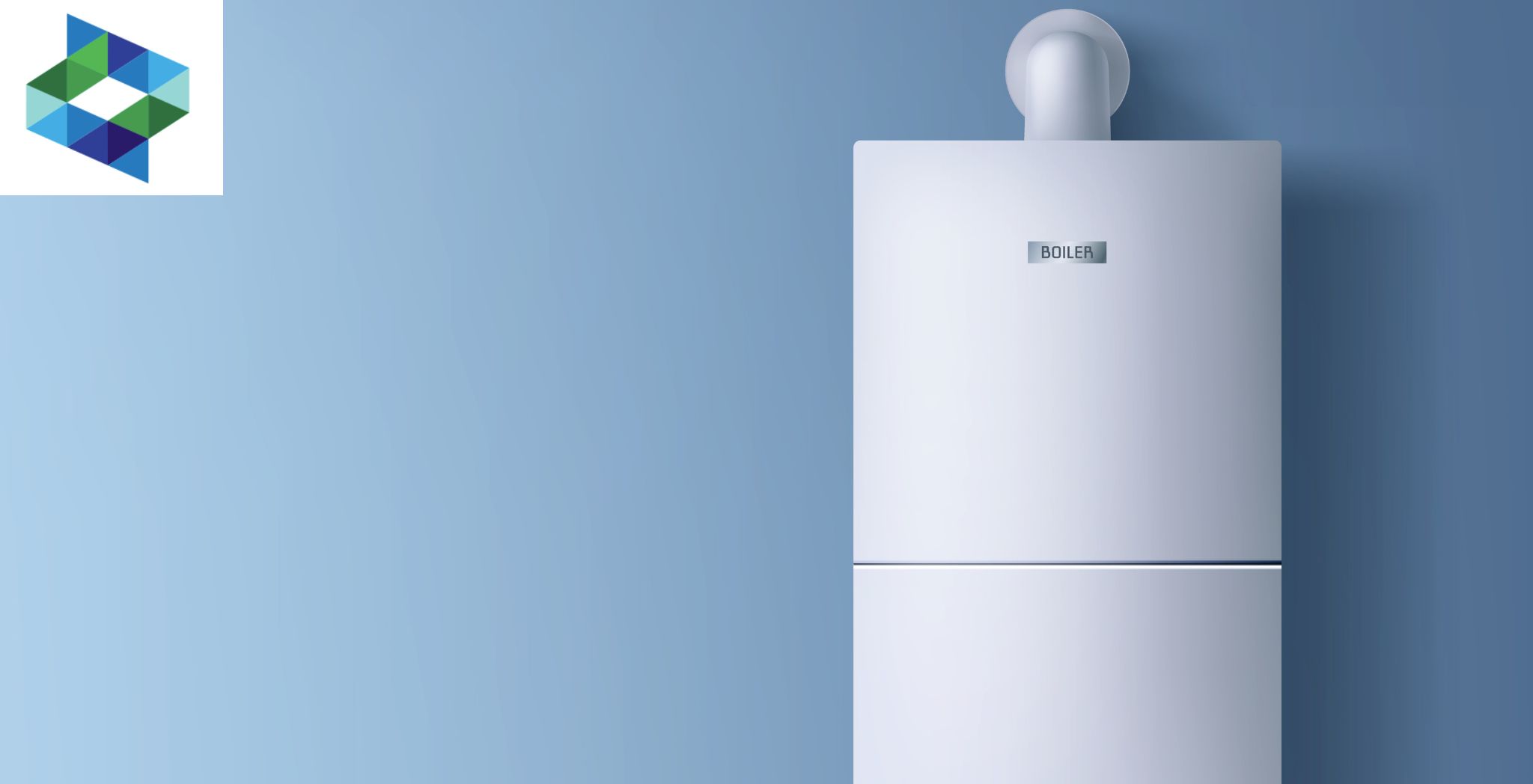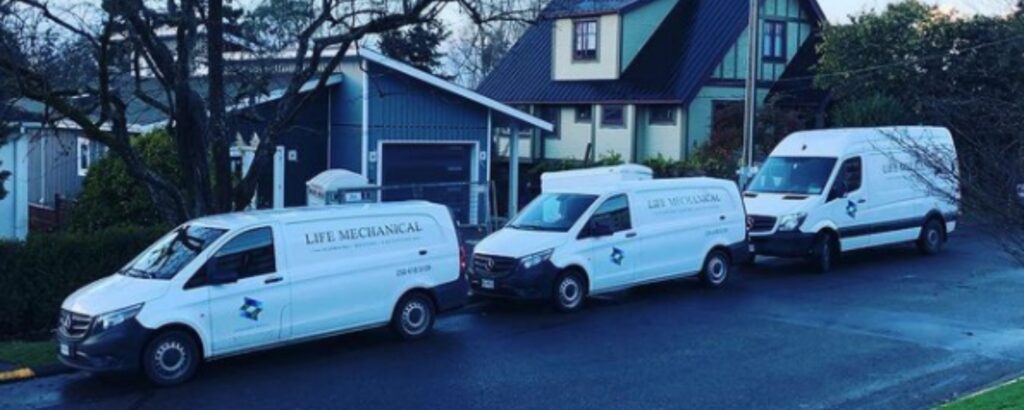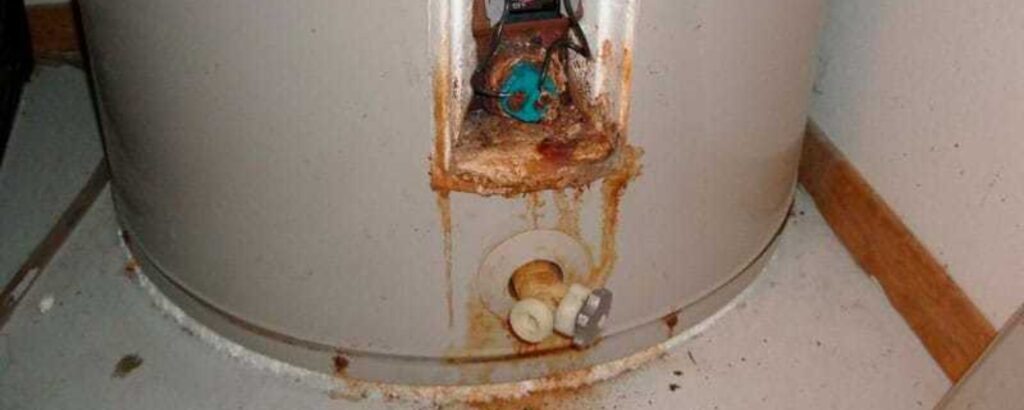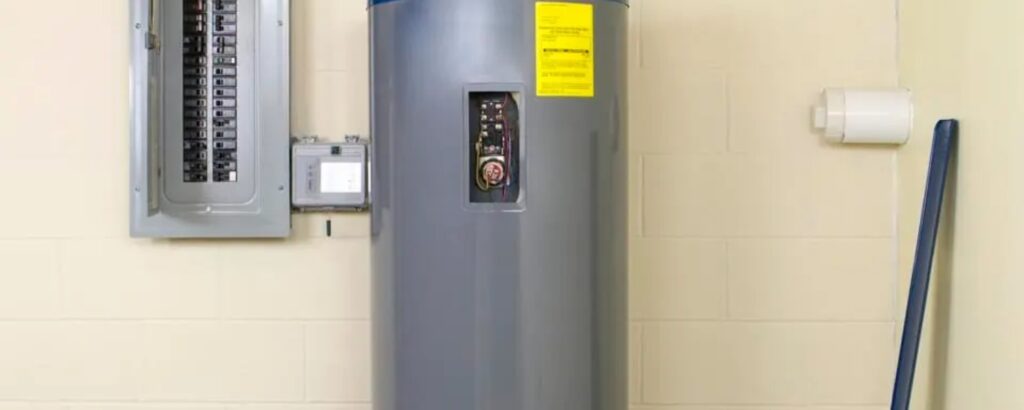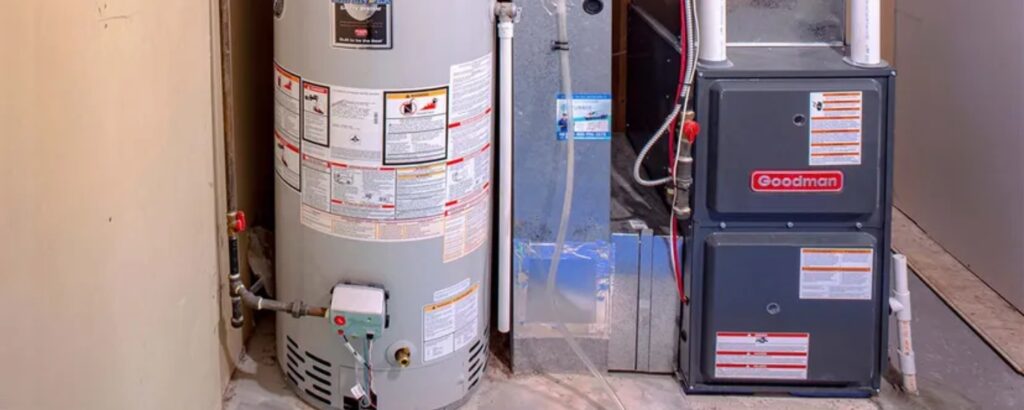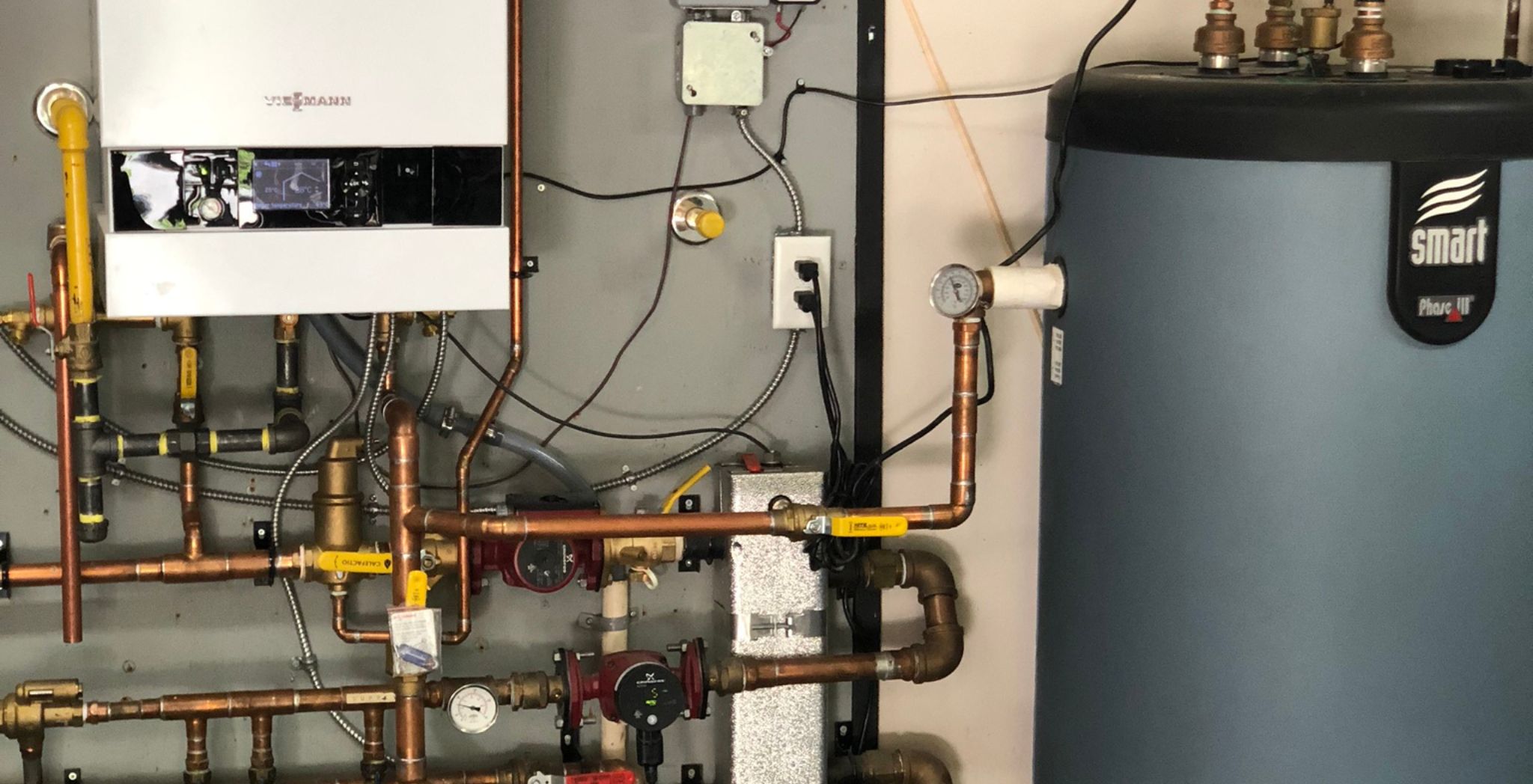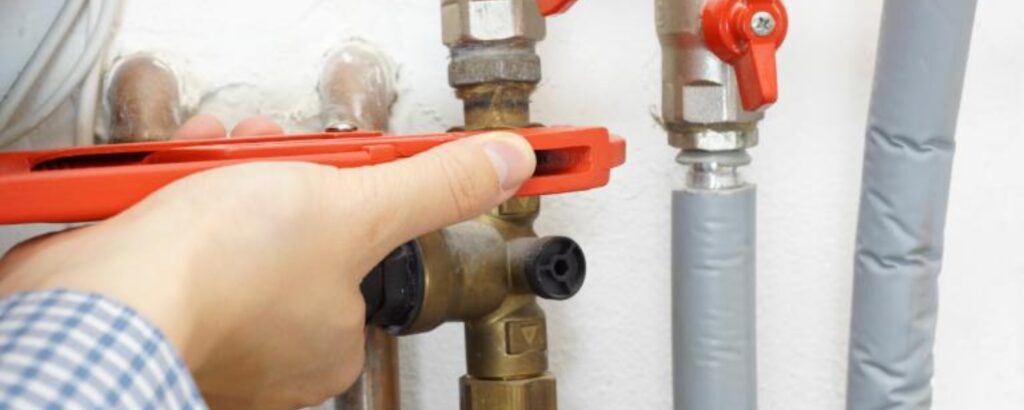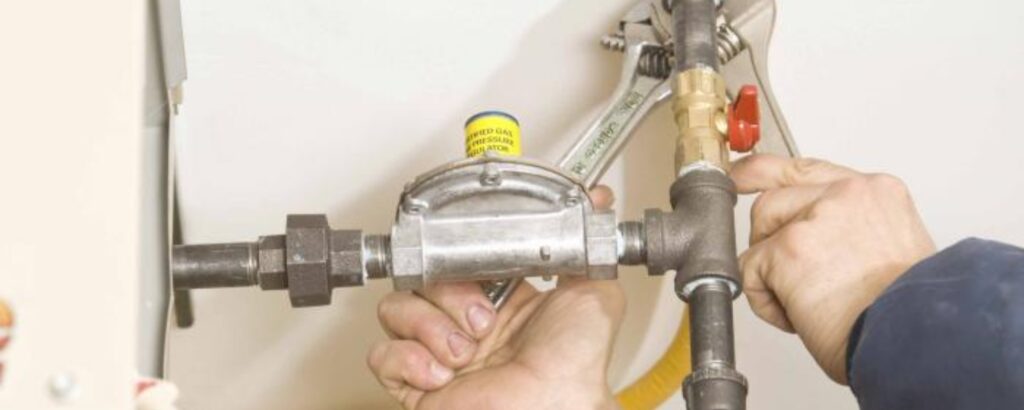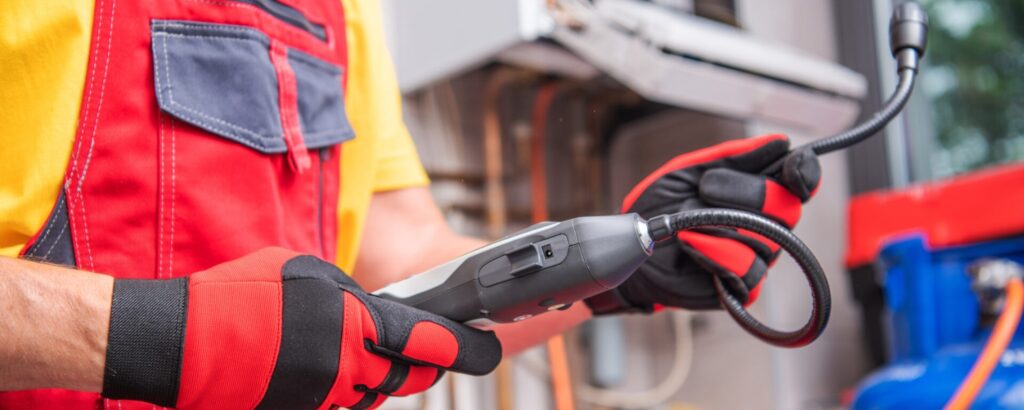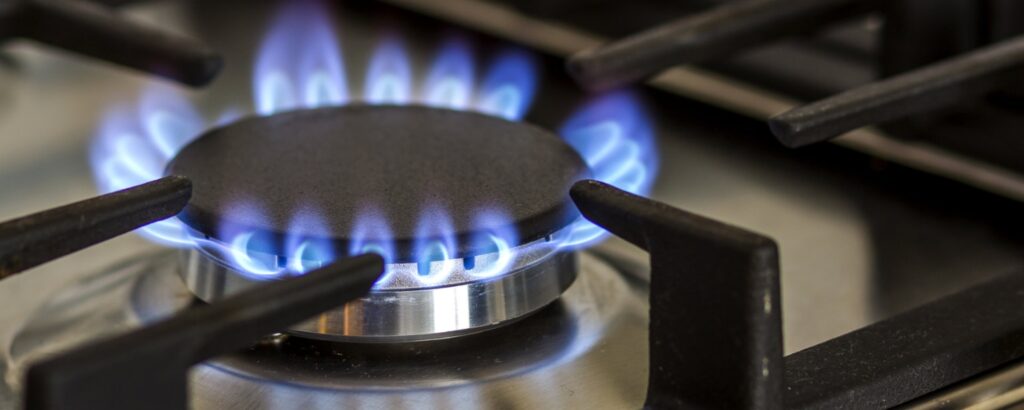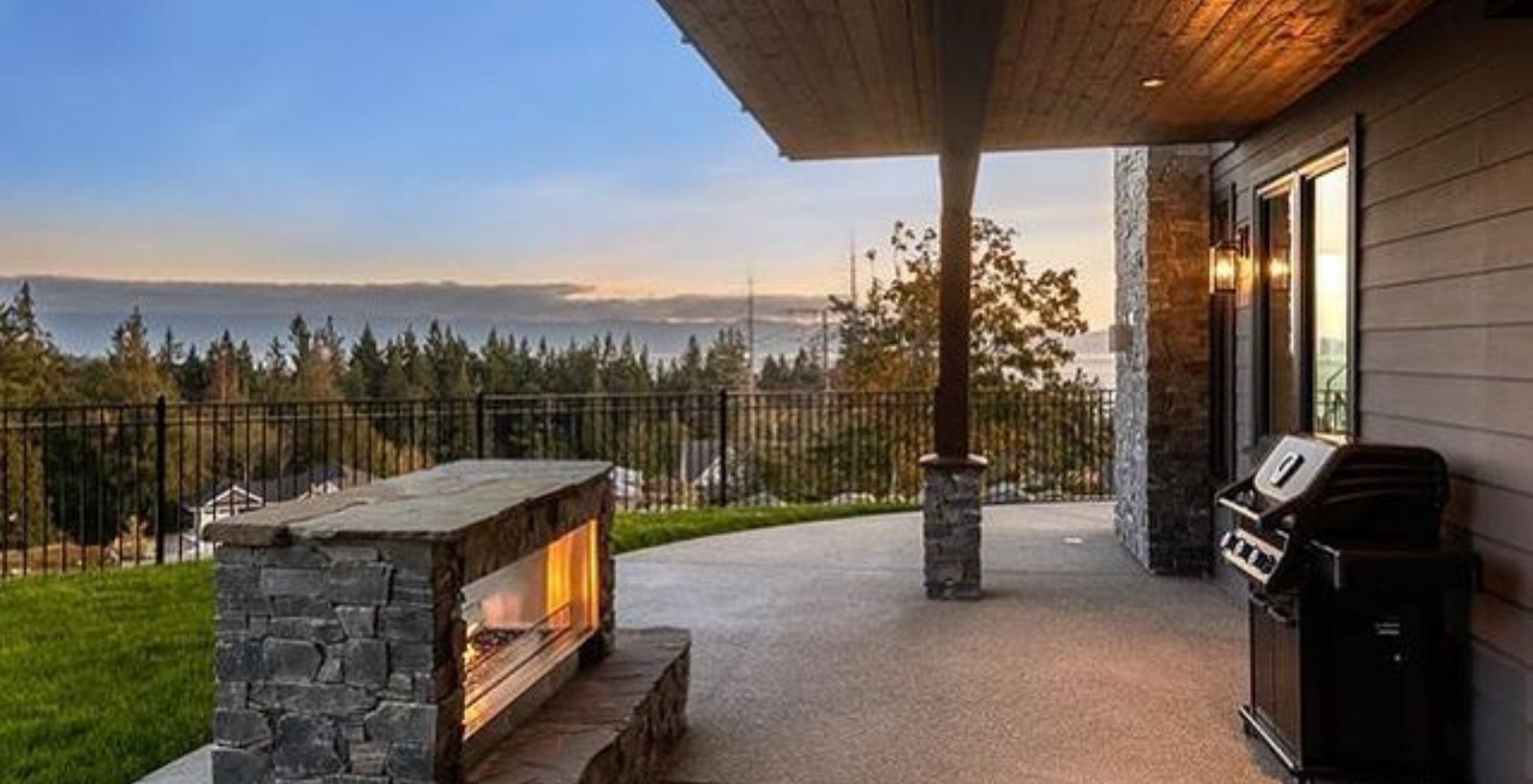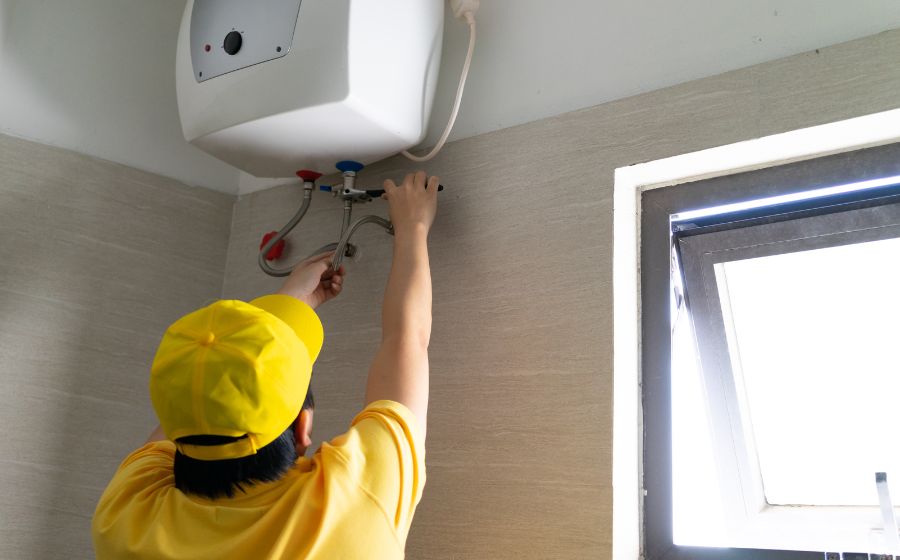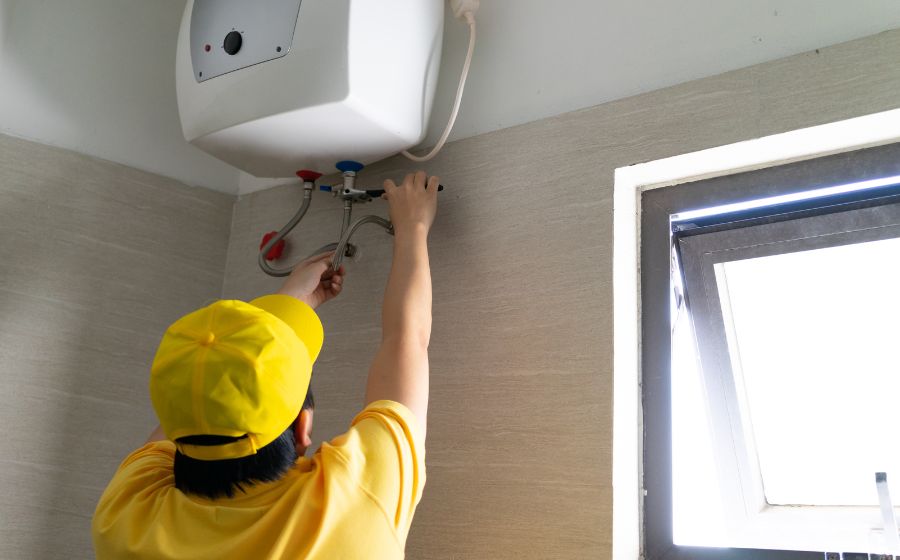Introduction
As winter’s chill sets in and homeowners seek refuge from the frigid temperatures, the quest for efficient and comfortable home heating becomes paramount.
While traditional heating systems have been the go-to choice for generations, modern technology has paved the way for innovative alternatives.
Radiant in-floor heating systems, in particular, have gained popularity for their remarkable efficiency, comfort, and health benefits, especially in regions like Victoria, where the climate demands effective heating solutions.
In this comprehensive exploration, we will delve into the world of innovative home heating, with a focus on radiant floor heating systems and their advantages over traditional alternatives.
Best Heating Options for Victoria’s Climate
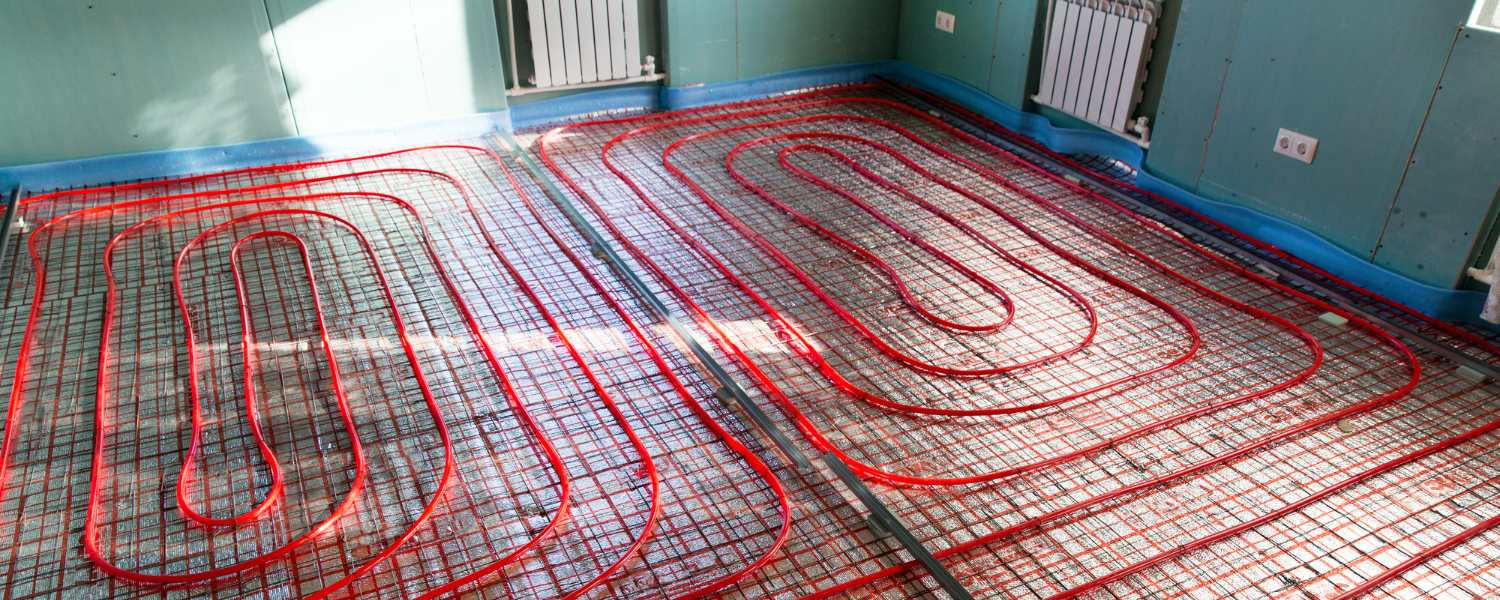
Victoria, with its temperate oceanic climate, experiences mild winters compared to many other parts of Canada. Nevertheless, residents still require efficient heating solutions to combat the occasional cold snaps and damp conditions.
When considering the best heating options for Victoria’s climate, several factors come into play, including energy efficiency, cost-effectiveness, and comfort.
1. Forced air furnaces
Forced-air furnaces are a common heating system found in many homes.
They work by blowing warm air through ducts and vents to distribute heat throughout the house. While these systems can be effective at providing quick warmth, they come with some disadvantages.
Forced air furnaces can be less energy-efficient compared to radiant floor heating, as they can lose heat through ducts and require regular maintenance.
2. Heat Pumps
Heat pumps, particularly ductless mini-split systems, are gaining popularity in regions with milder climates, like Victoria.
They use refrigerant to transfer heat from the outside air to the inside of a home.
Heat pumps are energy-efficient and offer both heating and cooling capabilities. However, they may not provide the same level of comfort as radiant floor heating, especially during extremely cold periods.
3. Wood/Pellet Stoves
Wood and pellet stoves are a more traditional heating option that can be suitable for some Victoria homeowners.
They offer the charm of a real fire and can be a cost-effective heating solution if you have access to affordable firewood or pellets.
However, they require regular maintenance and may not distribute heat as evenly as radiant floor heating.
4. Radiant Floor Heating
Radiant floor heating, often referred to as underfloor heating, is becoming increasingly popular in Victoria and similar climates.
It involves the installation of hot water piping beneath the flooring, which radiates heat upwards, providing a consistent and comfortable warmth throughout the living space.
This method of heating is known for its superior comfort, energy efficiency, and ability to maintain even temperatures.
Advantages and Disadvantages of Heating Systems
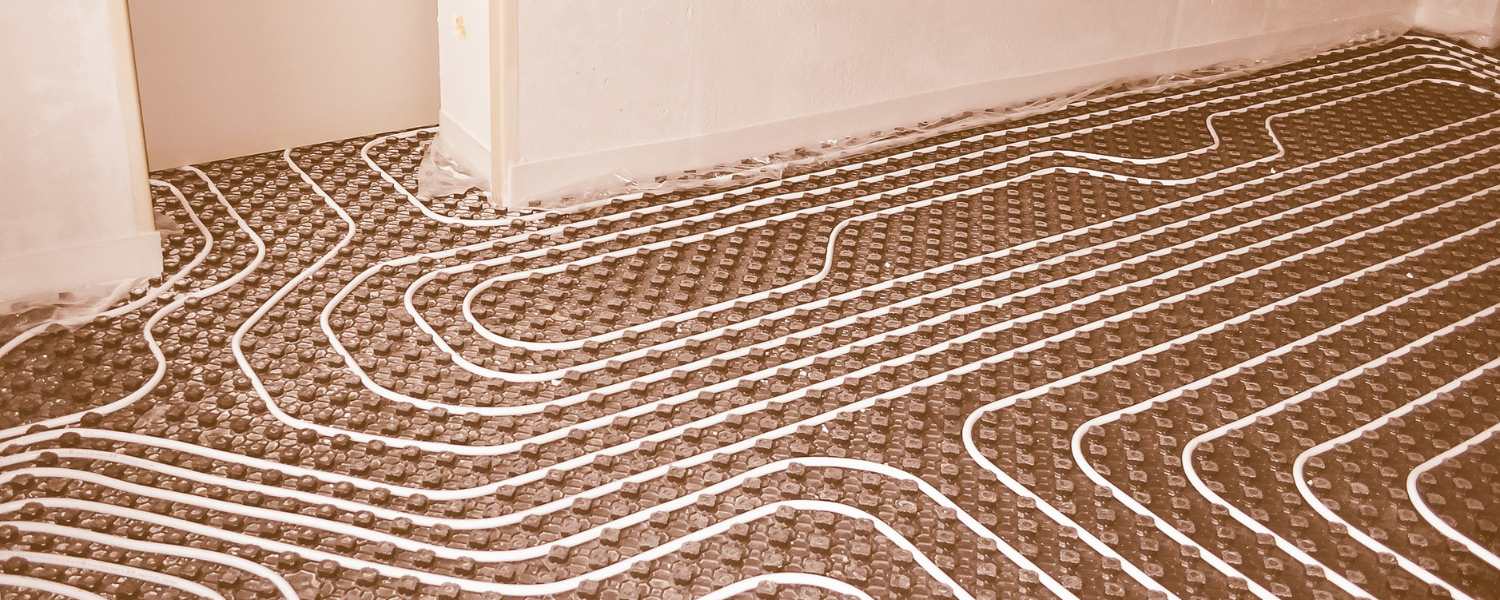
To make an informed decision about the right heating system for your home in Victoria, it’s essential to consider the advantages and disadvantages of each option.
Advantages of Radiant Floor Heating
1. Comfort: Radiant floor heating offers unparalleled comfort by evenly distributing heat throughout the room. There are no hot or cold spots, and the warmth is gentle and consistent.
2. Energy Efficiency: Radiant floor heating is highly energy-efficient. Because it operates at lower temperatures, it reduces heat loss and saves energy compared to forced-air systems.
3. Health Benefits: Radiant floor heating can improve indoor air quality by reducing the circulation of allergens and dust particles, making it an excellent choice for individuals with allergies or respiratory issues.
4. Space-saving: Radiant floor heating eliminates the need for bulky radiators or ductwork, freeing up space in your home for other purposes.
6. Quiet Operation: Unlike forced air systems that can be noisy when running, radiant floor heating operates silently.
7. Zoning Capability: Radiant floor heating can be divided into zones, allowing you to control the temperature in different areas of your home independently.
Disadvantages of Radiant Floor Heating
1. Installation Cost: The initial cost of installing radiant floor heating can be higher than that of some other heating systems due to the materials and labor involved.
2. Retrofitting Challenges: Retrofitting an existing home with radiant floor heating can be complex and costly.
3. Slower Response Time: Radiant floor heating may take longer to reach the desired temperature compared to forced air systems.
4. Maintenance: While radiant floor heating systems are generally low-maintenance, repairs can be challenging if issues arise.
5. Flooring Materials: Not all flooring materials are suitable for radiant floor heating, so you may need to choose compatible materials.
6. Requires Professional Installation: Proper installation is crucial for the effectiveness of radiant floor heating, and it should be done by experienced professionals.
Energy Efficiency and Sustainability

Energy efficiency and sustainability are increasingly important factors when choosing a heating system. Radiant floor heating systems excel in these areas
Energy Efficiency
1. Radiant floor heating operates at lower water temperatures than traditional radiators, reducing energy consumption.
2. Even heating eliminates the need to overheat rooms, further saving energy.
3. Zoning allows for better control and reduces energy waste.
Sustainability
1. Radiant floor heating can be integrated with renewable energy sources such as solar panels or geothermal heat pumps, making it an eco-friendly choice.
2. Reduced energy consumption and lower greenhouse gas emissions contribute to a more sustainable home heating solution.
Towel Warmers: The Perfect Complement

In addition to radiant floor heating, towel warmers are another innovative home heating solution that can add a touch of luxury and comfort to your home.
These devices are designed to warm towels and bathrobes, ensuring that you step out of the shower into a cozy and welcoming environment.
Towel warmers are available in various styles, including wall-mounted, freestanding, and built-in models.
Benefits of Towel Warmers
1. Comfort: Nothing quite like wrapping yourself in a warm, toasty towel after a relaxing bath or shower. Towel warmers enhance your bathing experience.
2. Energy Efficiency: Most towel warmers are energy-efficient and consume minimal electricity to maintain a warm temperature.
3. Quick Drying: Towel warmers also function as towel dryers, ensuring that your towels are dry and fresh every time you use them.
4. Reduced Laundry: With towels drying quickly and staying fresh longer, you’ll reduce the frequency of laundry.
Innovative home heating solutions have come a long way, allowing homeowners in regions like Victoria to experience unprecedented comfort, energy efficiency, and sustainability.
Radiant in-floor heating systems, in particular, have emerged as a top choice for those seeking the perfect blend of warmth and well-being.
As we conclude our exploration of radiant floor heating and towel warmers, it’s clear that these innovative technologies provide numerous benefits that can enhance the quality of life in our homes.
In Victoria’s mild climate, where efficient heating is essential for comfort during occasional cold spells and damp conditions, radiant floor heating has proven itself an exceptional choice.
Its even distribution of warmth, energy efficiency, and compatibility with renewable energy sources make it a compelling option for homeowners looking to reduce their environmental footprint and energy bills.
However, it’s essential to consider the initial installation cost and the specific requirements of your home when choosing radiant floor heating.
While it may require a larger upfront investment, the long-term benefits in terms of comfort, energy savings, and improved indoor air quality often outweigh the initial expense.
Though often viewed as a luxury, towel warmers can significantly enhance our daily routines, turning everyday tasks like showering into a spa-like experience.
The convenience and comfort they provide, along with their energy-efficient operation, make them a worthwhile addition to any bathroom.
Conclusion
In conclusion, innovative heating solutions such as radiant floor heating and towel warmers keep our homes warm and contribute to a more sustainable and enjoyable living environment.
As technology advances, we can look forward to even more efficient and eco-friendly options for heating our homes in the future, ensuring that we stay cozy and comfortable while minimizing our impact on the planet.
So, as the cold winds blow, consider these innovative heating options to transform your home into a haven of warmth, efficiency, and well-being.

